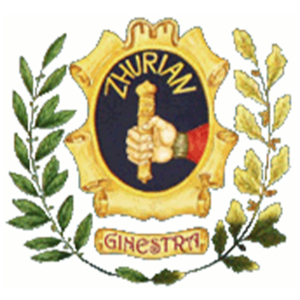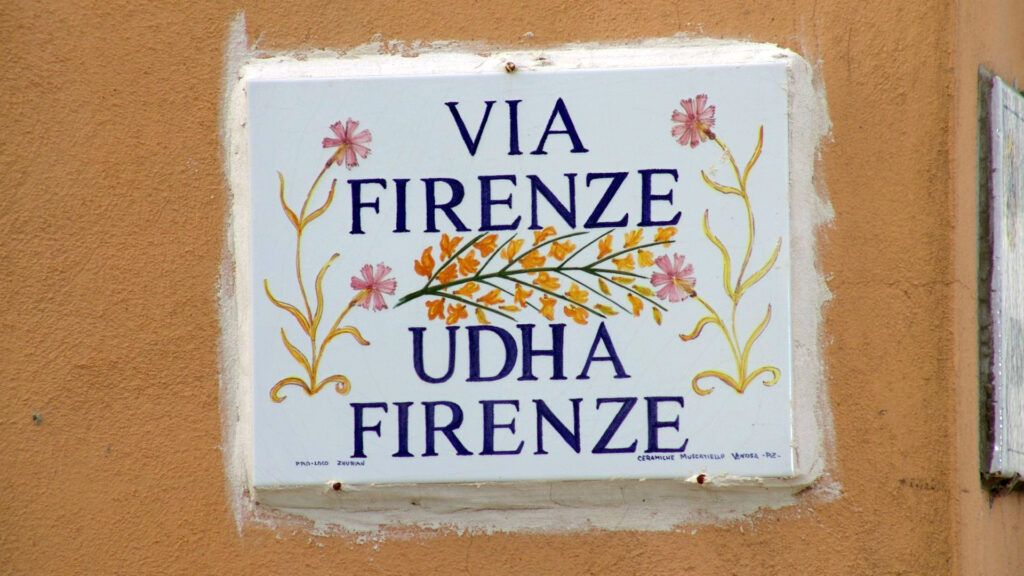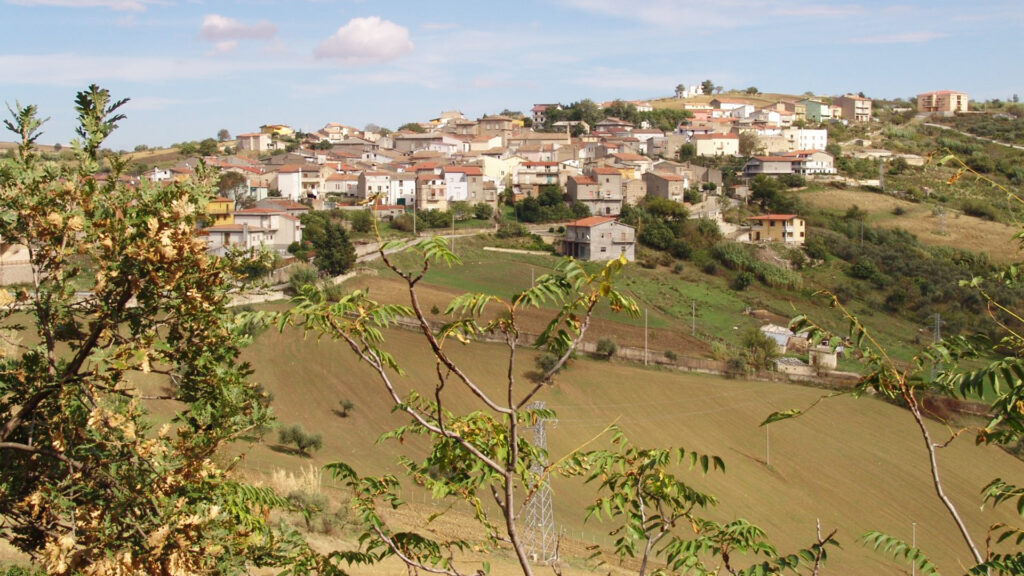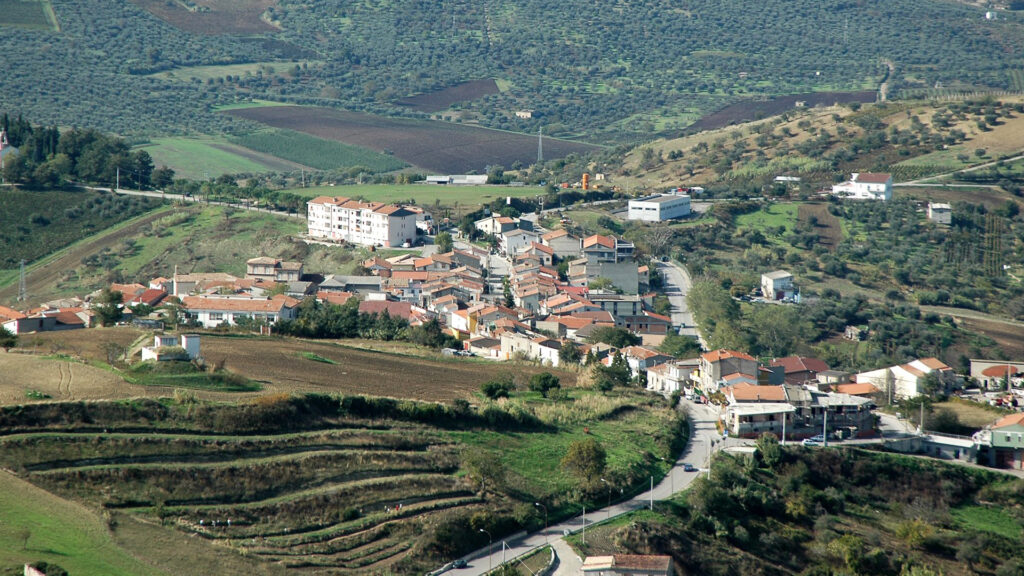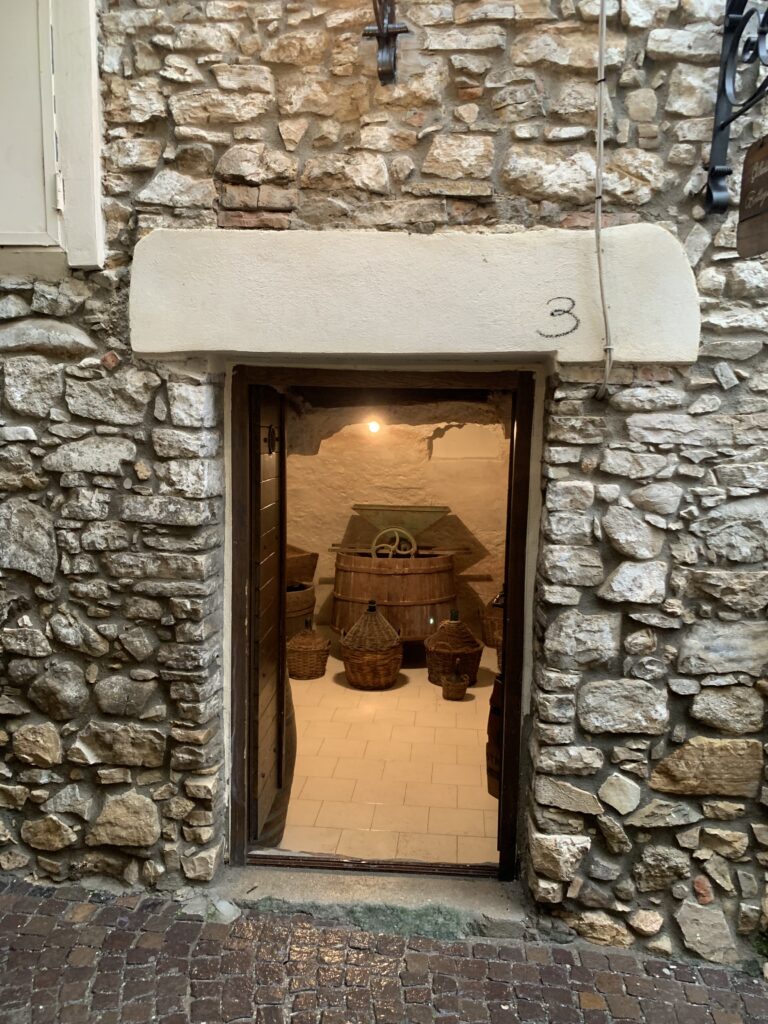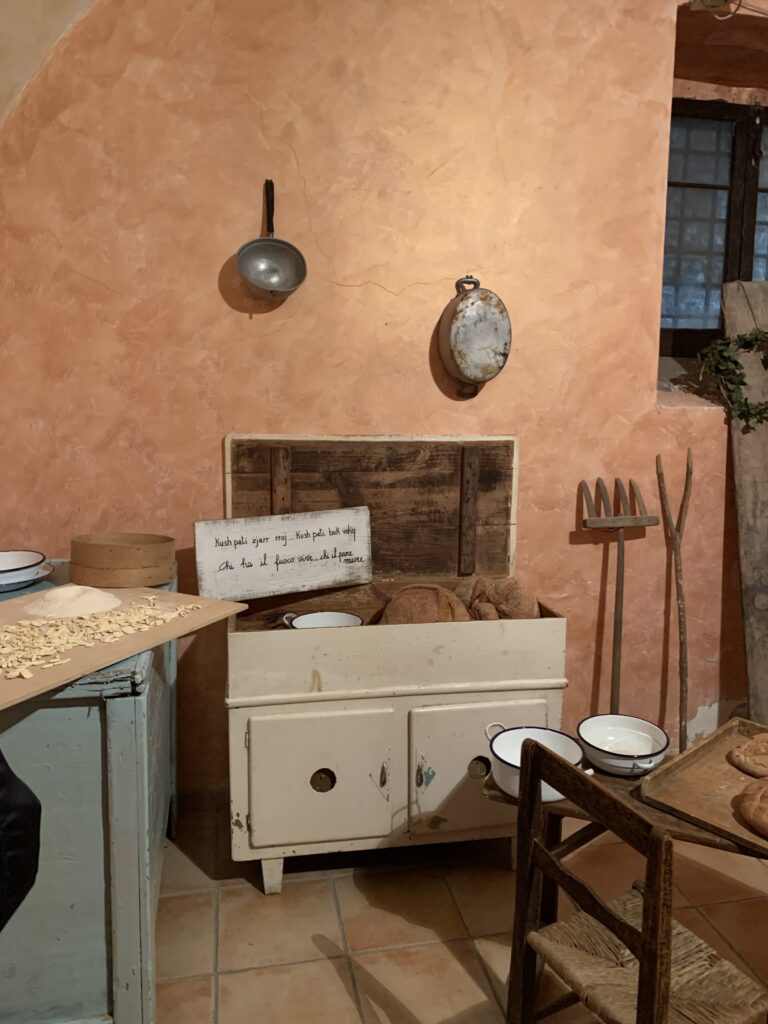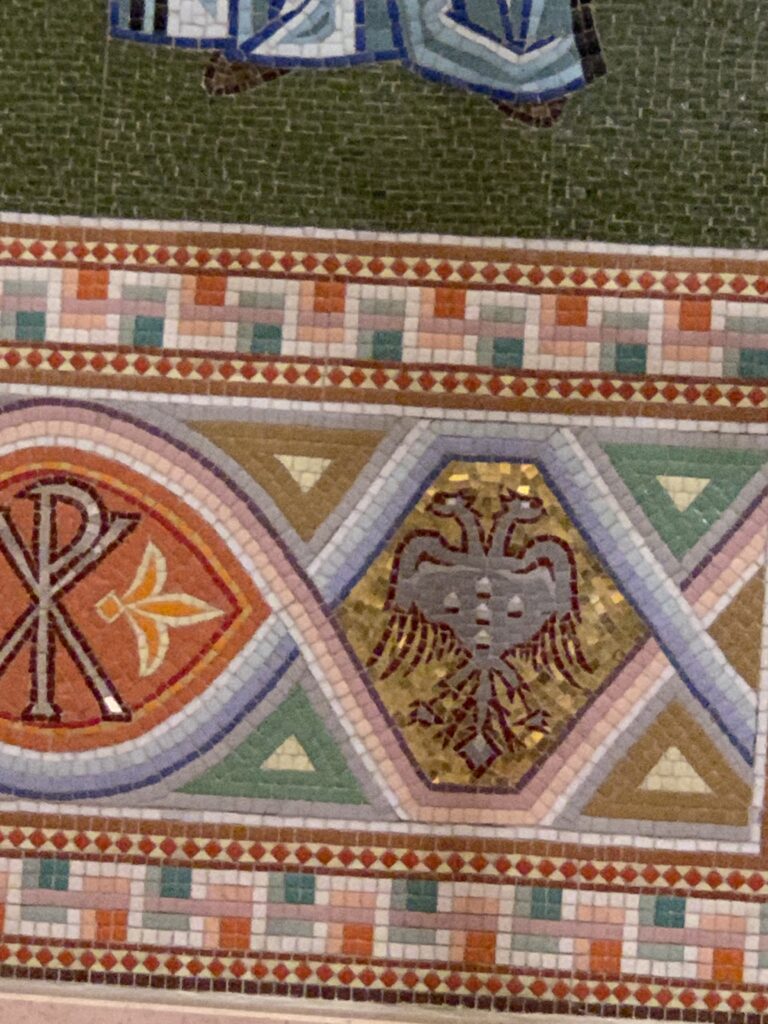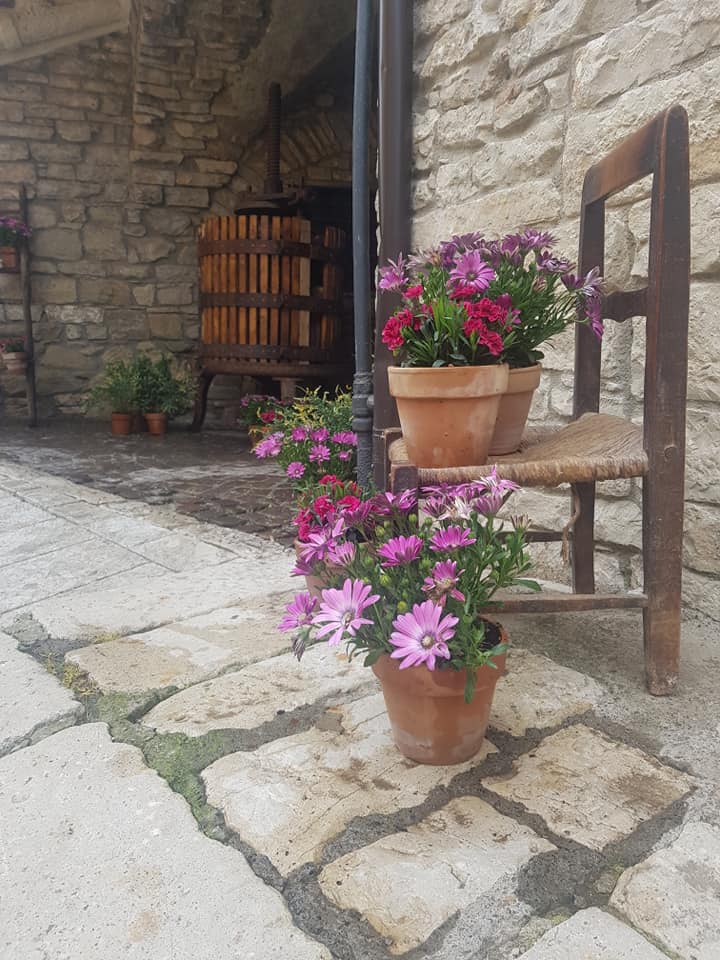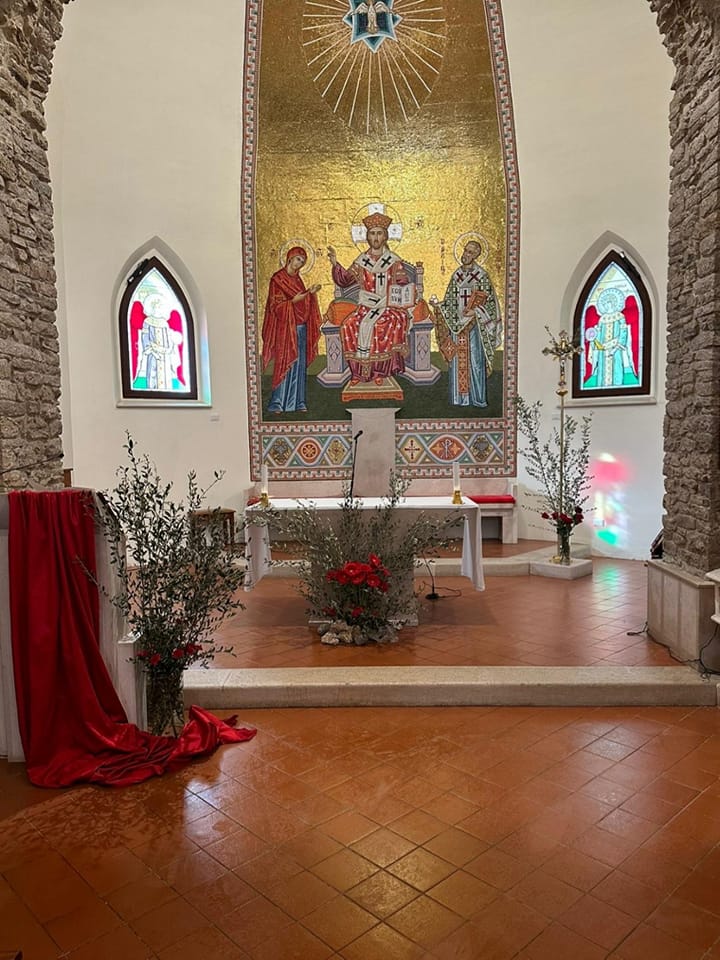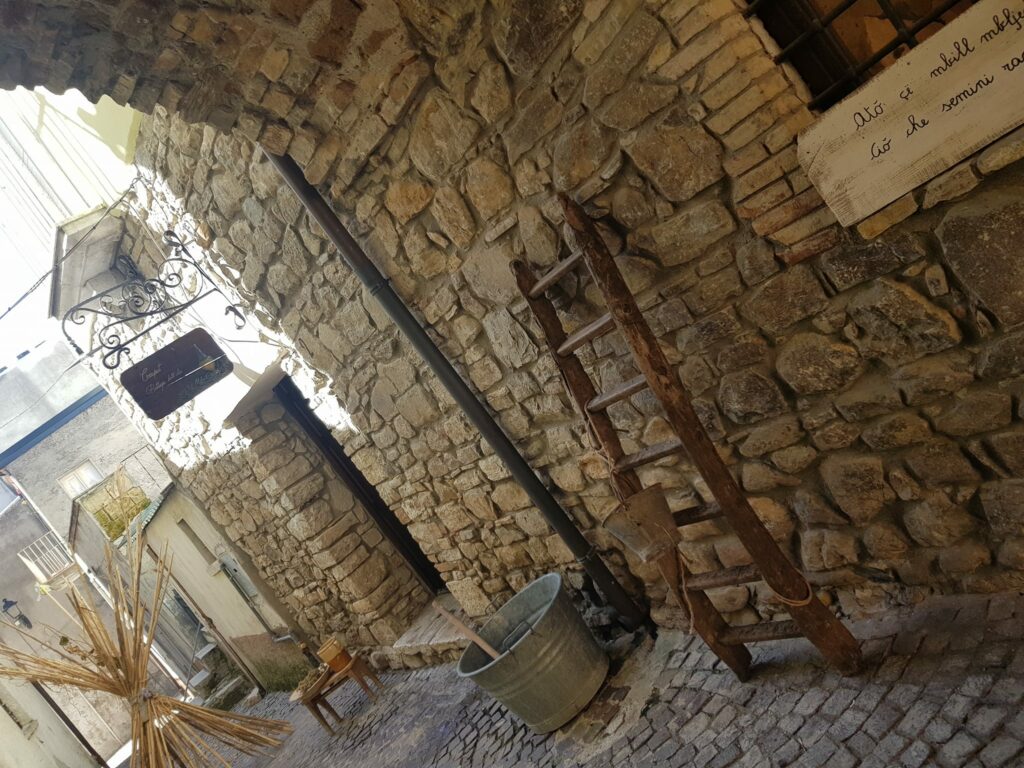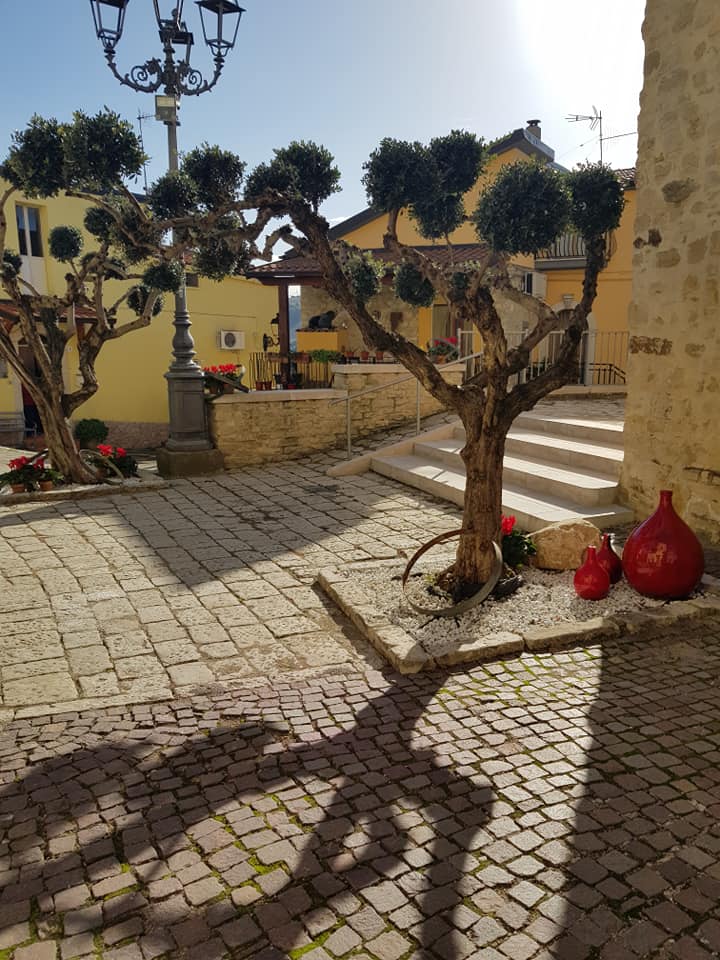The wonderful village of Ginestra, built on the ruins of the ancient city of Lombard-Massa, a Lombard city destroyed by the Normans, was founded by a community of exiled Albanians led by Francesco Zhura, who in 1478 built the houses, spreading his culture. and its own roots, thanks to the concession of lands by the Aragonese.
Sacred treasures make up the artistic and cultural heritage of Ginestra, among which the sixteenth-century mother church dedicated to San Nicola stands out, which dominates the scene in the square of the same name.
Inside the church, with a single nave, where to the right of the presbytery can be admired a baptismal font in local stone, while to the left dominates the sculptural and pictorial group of Saint Mary of Constantinople, patron saint of the city, fascinating for her relationship harmonious between form and colors.
Ginestra's Albanian origin continues to live on in some religious events such as the festival that is celebrated in her honour.
On the day of Pentecost, the Virgin is at the center of solemn celebrations that culminate in a procession through the charming streets of the city. The event originates from the apparition of Mary, coming from the East, to a man whom she asked to build a place of worship in her honour, exactly where the current sanctuary of Santa Maria di Costantinopoli is located.

